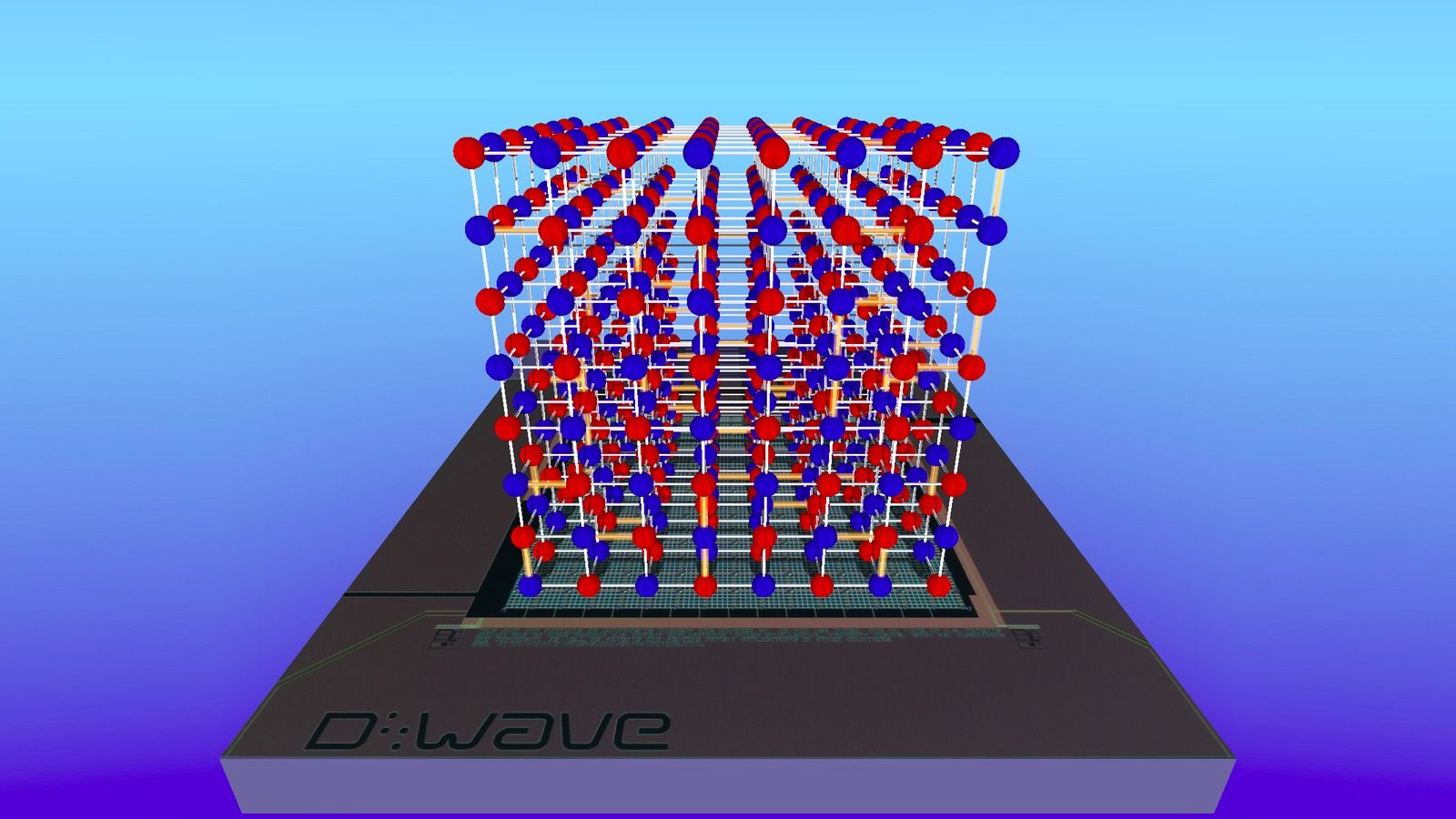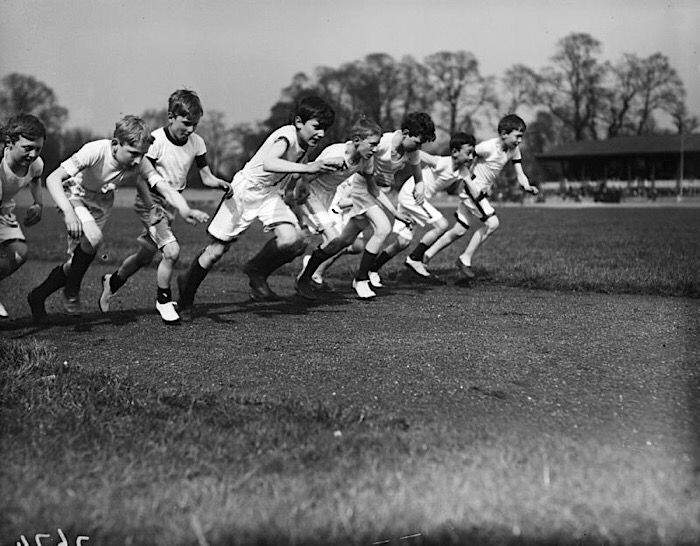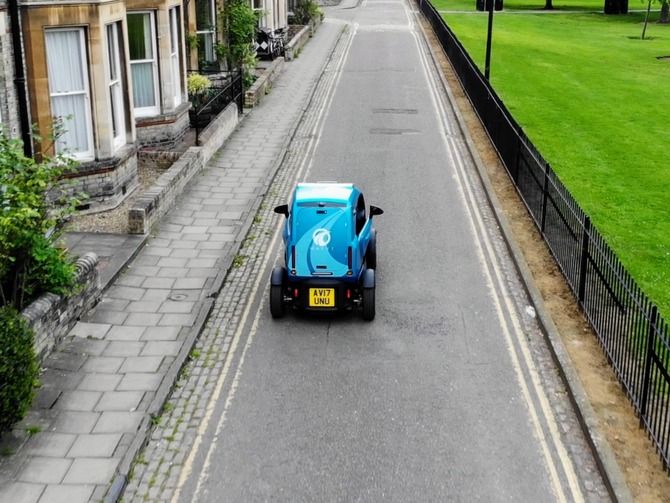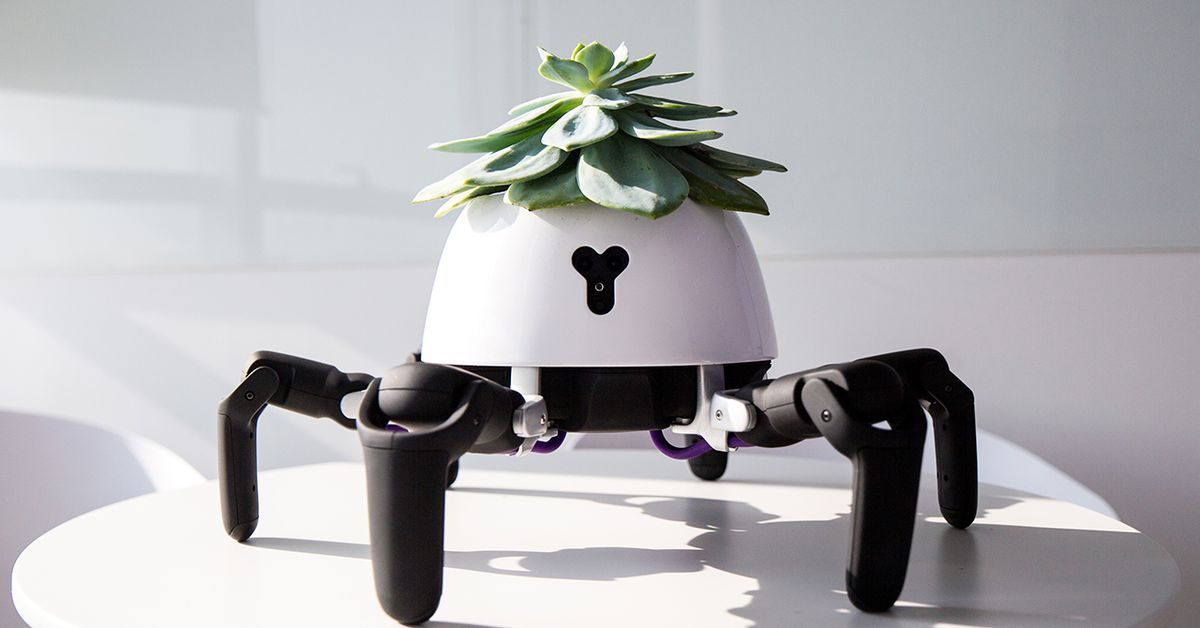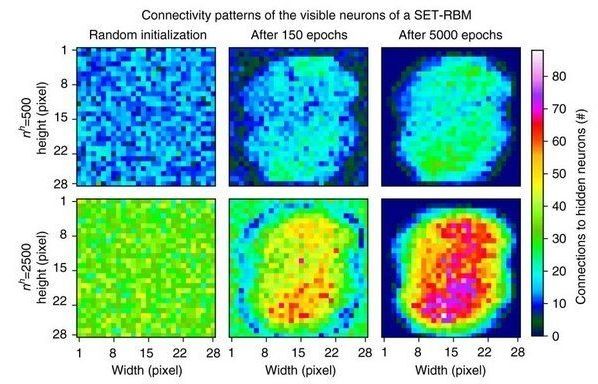For some months now, a 3D printed house in Nantes has drawn lots of attention, not just because a printer was involved but also because it went up from start to finish so quickly (54 hours to print, then add some more time for the windows and roof). Interesting Engineering said it took some more time to add the roof, windows and doors.
A robot printer was used to print layers from the floor upwards to form the walls, and videos show a beautiful result of five rooms with rounded walls.
Now comes the latest news of the world’s first family to move into a 3D-printed home—that is now home for the Ramdani family, consisting of the two parents and their 3 children, to enjoy life in the 4-bedroom house in Nantes, France.
